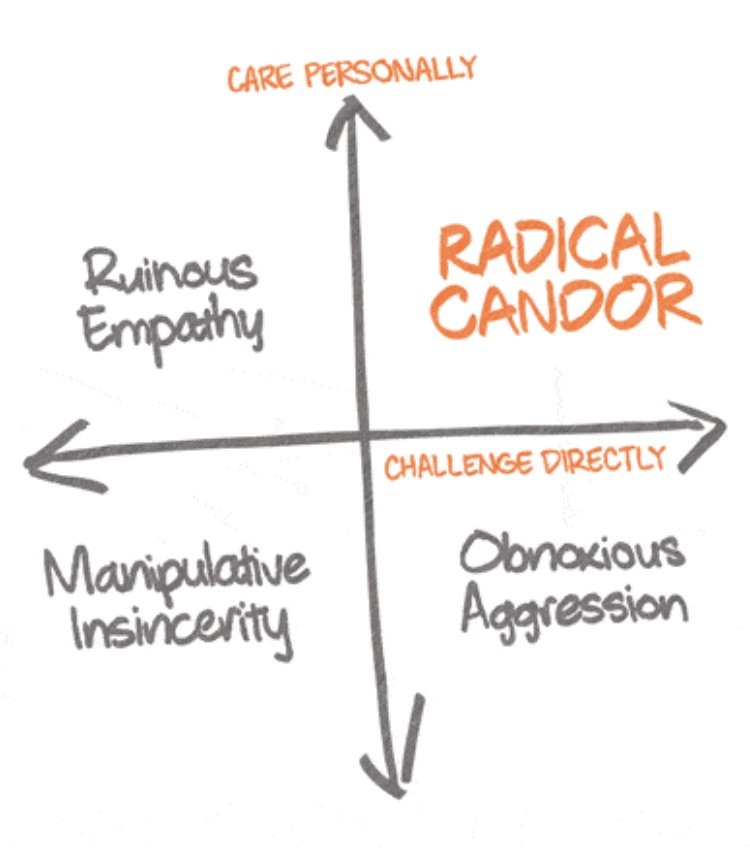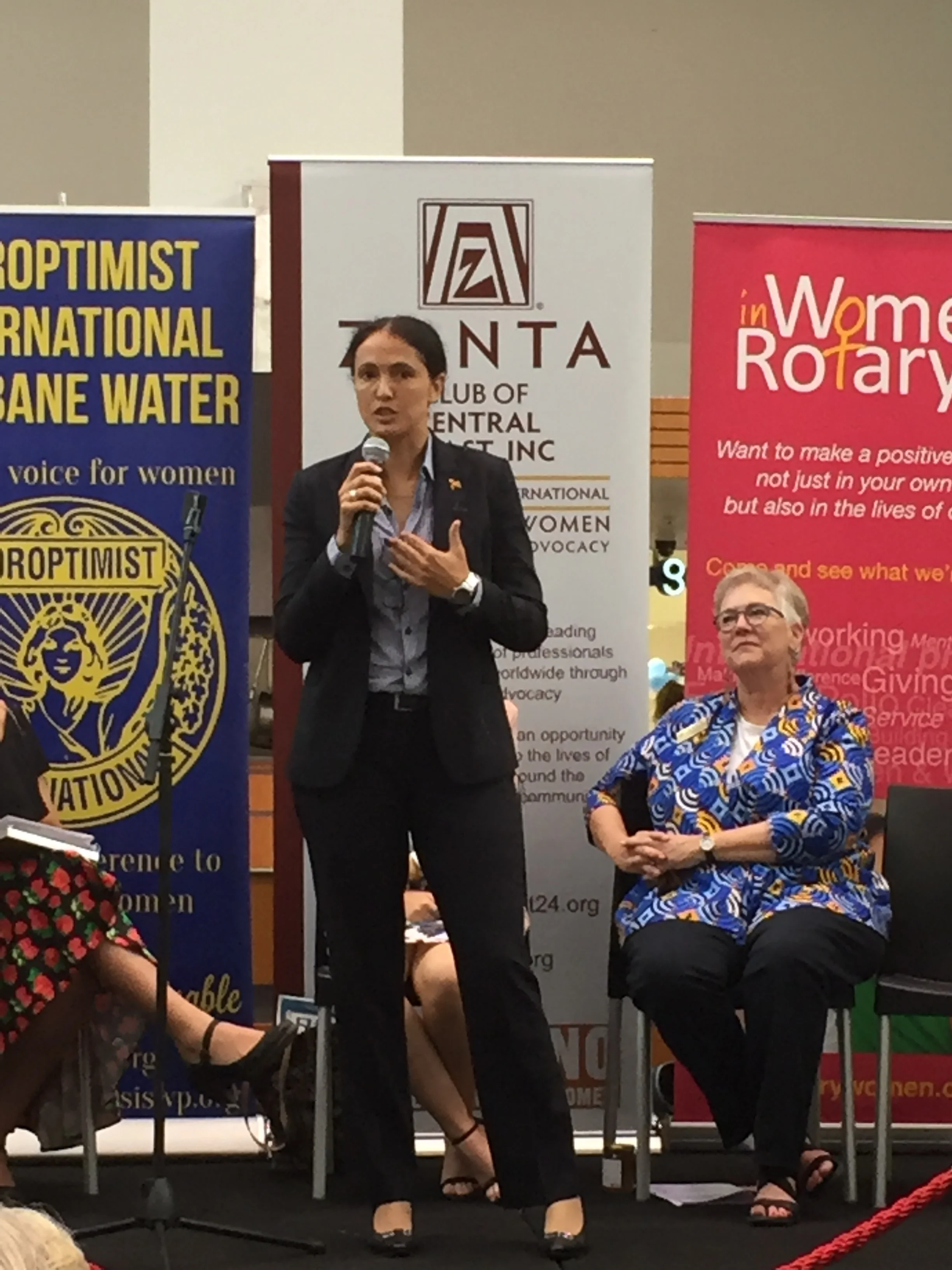More than 200 years after terra nullius was declared, and almost 30 since it was overturned, Aboriginal people are still fighting for justice and equality in Australia.
Employers across Australia cannot ignore their responsibility to act within their own parameters to right this wrong. I know many employers want, and are trying, to do more to make positive change in this country.
There are hundreds of things you can do, many of them will bring large benefits in the very short term, and even larger benefits in the long term. Some will take significant planning. And, they will all take commitment.
Here are 10 things that every employer can do in their own organisation that will make a difference in your workplace today, and in our society into the future.
1. Adopt a zero-tolerance approach to racism in your workplace
If you allow racism in your workplace, or excuse it, you are complicit. I recently wrote about the bystander effect and how standing up against discrimination is everyone’s responsibility. If you have staff who engage in racist behaviours or say racist things, and you do nothing to stop it, what message are you sending? It can be uncomfortable to face up to the fact that some of the people you work with every day can have these kinds of views. It can be difficult to name this as racism. But if you do and say nothing, you are telling your staff it’s okay to say and do these things. What impact does this have on your staff, teams and reputation? What will this mean for your workplace? The standard you walk past is the standard you accept.
2. Give your Aboriginal employees a voice
Do what the federal government won’t. Give your Aboriginal employees a voice to be heard about policies and initiatives in your workplace that affect them. Make this voice a key policy embedded in the structure and culture of your organisation. Make it a priority. Ensure Aboriginal voices are heard in all aspects and at all levels of your business, especially at senior leadership and board levels where decisions are made that affect many stakeholders. We need to elevate Aboriginal voices in Australia. You need to elevate our voices, even when you don’t agree, perhaps more importantly because we don’t agree.
3. Commit to building the cultural capability of your staff
“It must start with the truth about our nation’s history. The truth about resistance. The truth about dispossession. The truth about genocide.”
Cultural capability is more than competence or awareness. There must be a commitment to formal training in cultural capability, as well as ongoing development opportunities outside the training environment. It must start with the truth about our nation’s history. The truth about resistance. The truth about dispossession. The truth about genocide. You’ll need trainers or facilitators who have a track record of changing how staff behave – what they say and do - not just speaking about something interesting, entertaining or enjoyable. You can learn about us in training, but you really need to learn from us in many ways, every day.
4. Commit to building the cultural capability of your organisation
Organisational cultural capability goes beyond individual knowledge. It’s about how your organisation speaks about, and interacts with, Aboriginal people and communities. It must include your systems and processes, messages, and strategies. Do your staff know when they need to give an Acknowledgement of Country or is it left up to the individual? Are the messages you’re sending to Aboriginal communities about your commitments and values aligned with what your employees hear? Do your stakeholders know where you stand on important issues? What are you willing to do to support your views and values? Your practices must be embedded and codified within your organisation.
5. Commit to pay equity
For years it was common practice that any ‘Aboriginal identified’ position was graded down, perhaps in the mistaken belief that if the role was only dealing with Aboriginal people or communities a lower set of skills was required. This often resulted in about $10,000 less per annum than other equivalent jobs in the same team. This has shifted in some organisations, but there’s still a view that if you’re working in Aboriginal employment, or Aboriginal housing, or Aboriginal education, that your job is somehow less complex than if you were doing a role that covers a broader section of the community. There’s a view held by many that people working in these kinds of roles do so because they couldn’t ‘cut it’ in a mainstream role. So, let me be clear, working in and with Aboriginal communities effectively requires knowledge and experience of both worlds. It is a rare and difficult skillset to master. Too often employers expect too much and pay too little. You must value our knowledge and what it has taken for us to learn yours as well.
6. Pay the rent
“Paying the rent is the concept of citizen reparations paid to Aboriginal Australians as ongoing compensation and acknowledgement of colonisation.”
The idea of reparations within Australia is not new. Raised in the 1970s by Aboriginal leaders. Midnight Oil sang about it in the ‘80s. And it’s every bit as relevant now. Paying the rent is the concept of citizen reparations paid to Aboriginal Australians as ongoing compensation and acknowledgement of colonisation.
In truth, the idea of compensation for Aboriginal lands dates back to the ‘discovery’ by Cook, which entitled the English, not to the land, but the right to negotiate for land. It was the false ‘terra nullius’ that ceased recognition of the right to payment. But while terra nullius was ruled fictitious by the high court in 1992, that right to payment has not been enacted by any government. Every Australian and every Australian business should seek to understand this concept. Every Australian needs to consider how they can take action to address this injustice.
7. Commit to paid cultural leave
There are many types of leave available to employees in specific circumstances. Many Aboriginal people have specific cultural needs and can often need leave from their duties to participate in their communities. These cultural needs can be for traditional and contemporary cultural activities, including cultural bereavement leave (for sorry business), and leave for special cultural days such as during NAIDOC Week to participate in community events. If you want to build a workplace where Aboriginal people and their cultures are respected and valued, this is a worthy investment. Providing this leave demonstrates the affirmation of culture required to make your workplace one where Aboriginal people can succeed and attractive for Aboriginal applicants.
8. Measure your Aboriginal employment results
I’ve written about this topic many times (here’s one example). Don’t get caught up in words and symbols and activity. While symbolism and activity are important - nothing will change without them - you must measure your results. Activity will make you feel like you’re ‘doing something’ but it won’t change lives in the same way as actual results. Do you have more Aboriginal people working for you now than a year ago? Are they, on average, in higher paid positions? Is your turnover for Aboriginal employees equal to other cohorts of employees? If you don’t answer yes to these, you have more work to do. It doesn’t matter if you have our artwork in your offices or our Acknowledgments of Country on your walls – we need you to prioritise results.
9. Be a partner to Aboriginal organisations and businesses
Look to build relationships and partnerships with local Aboriginal community-controlled organisations and majority-owned Aboriginal businesses. Look for opportunities to build mutually beneficial relationships. Consider a workplace giving program for an Aboriginal charity – local or national. If you already have a workplace giving program, ensure you have a local Aboriginal community-controlled organisation or program included as an option for your staff. Get your staff involved in workplace giving that benefits Aboriginal causes and voices. There’s so many to choose from: education, health, food insecurity, literacy, housing and homelessness to name but a few. Make an effort to include majority-owned Aboriginal businesses as suppliers and partners. Seek out Aboriginal business owners to help grow economic independence and self-determination. Building genuine relationships will help you to grow your cultural capability by learning from us. You’ll not only become a more attractive employer for Aboriginal people but also those who support social justice causes.
10. Get your Aboriginal employment strategy right
It’s not enough to just do a bit here and a bit there. You need a concerted effort developed around a sound strategy. Good strategy, as they say, closes doors. You cannot do everything well. What do you want to achieve? What do you want to be known as? Will you be an employer of Aboriginal leaders or lead in employing those of us who need their first opportunity? Both have value, and both are needed. The right strategy for your organisation will be a unique mix. It will be your strategy for your business. It needs to represent your values, your strengths, and your priorities. You’ll need to have a clear vision or you’ll waste time and resources for little return.
Do you want to make a big difference? Or just a little? Something may be better than nothing, but we need big change if we are to have the kind of nation that we all deserve.
What kind of workplace do you want? A comfortable workplace for the majority? Or a just workplace for everybody?
What kind of Australia do you want? What are you willing to do to move your workplace towards a shared future? Will you join the fight to address Aboriginal inequality?
If you’d like to receive updates from Blakworks, including notifications when a new blog article goes live, click the button below.


























